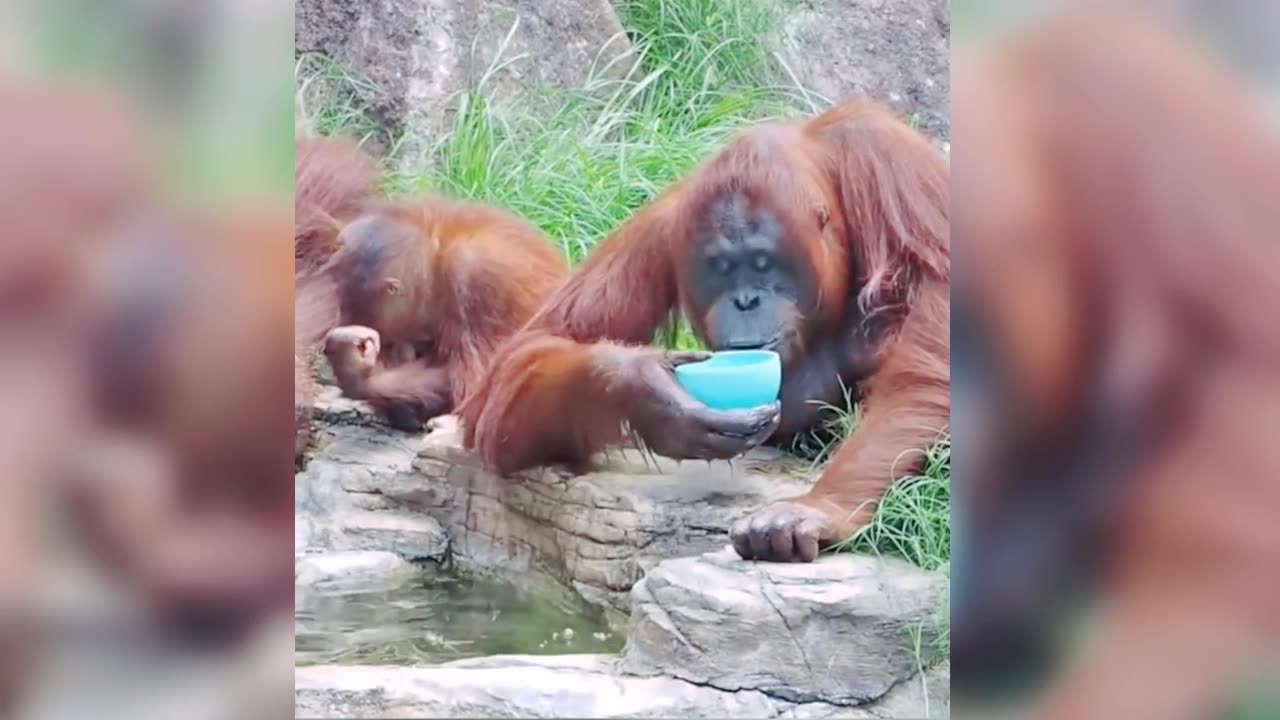Premium Only Content

Gorillas are large primates and are considered one of the closest living
Certainly! Here's a brief overview of the history of gorillas:
Gorillas are large primates and are considered one of the closest living relatives to humans. They belong to the family Hominidae and the genus Gorilla. There are two species of gorillas: the eastern gorilla (Gorilla beringei) and the western gorilla (Gorilla gorilla). Each species is further divided into subspecies.
The first scientific recognition of gorillas occurred in the 19th century. The explorer and naturalist Thomas Staughton Savage and his companion Jeffries Wyman were the first to obtain gorilla specimens in 1847. Later, the renowned zoologist and primatologist Dian Fossey played a vital role in studying and conserving gorillas in the wild.
Gorillas inhabit the forests of central and eastern Africa. They have distinct physical characteristics, including a robust build, large size, and pronounced sexual dimorphism (males being larger than females). Gorillas have a muscular frame, long arms, and a characteristic sagittal crest on their skulls.
These primates are herbivores, primarily feeding on leaves, fruits, stems, and bamboo shoots. They live in social groups called troops or bands, led by a dominant silverback male who protects and guides the group. Female gorillas, called adult females, and their offspring make up the majority of the troop.
Unfortunately, gorillas have faced numerous challenges over the years. Deforestation, habitat loss, poaching, and disease outbreaks have all posed significant threats to their populations. Conservation efforts have been instrumental in protecting these endangered animals, with organizations working to preserve their habitats and raise awareness about their plight.
In recent years, gorillas have gained attention due to their conservation status and the importance of their role in ecosystems. They have also become symbols for wildlife conservation and are studied extensively by researchers to better understand primate behavior, evolution, and genetics.
It's worth noting that my knowledge is based on information available up until September 2021. There may have been more recent developments in gorilla research and conservation since then.
-
 LIVE
LIVE
Pop Culture Crisis
2 hours ago'SUPERMAN' Box Office TROUBLE? 'Harry Potter' Actor Calls You Racist, Sydney Sweeney MID? | Ep. 873
505 watching -
 LIVE
LIVE
LadyDesireeMusic
1 hour ago $0.01 earnedMake Ladies Great Again | Piano Music
162 watching -
 LIVE
LIVE
The Rabble Wrangler
1 hour agoThe Rabble Wrangler Returns! Call of Duty Warzone with The Best in the West
64 watching -
 LIVE
LIVE
sophiesnazz
1 hour agoPLAYING RANKED l TOP 25000 !socials
47 watching -
 LIVE
LIVE
The HotSeat
1 hour agoBiden’s Doc Pleads the FIFTH?! Epstein Lies, Jail Cell Doubts & the Death of TRUTH in America
946 watching -
 LIVE
LIVE
Film Threat
3 hours agoJAMES GUNN'S SUPERMAN REVIEW | Hollywood on the Rocks
144 watching -
 1:21:52
1:21:52
Russell Brand
4 hours agoFighting the Devil and Winning – Bas Rutten on Faith, Demons, and Discipline - SF611
171K21 -
 10:00
10:00
MattMorseTV
22 hours ago $2.79 earnedTrump isn't TAKING the BAIT.
26.4K34 -
 3:38:13
3:38:13
Barry Cunningham
4 hours agoPRESIDENT TRUMP IS MAKING IT APPEAR THAT THE STORM IS UPON US!
29.6K16 -
 LIVE
LIVE
StoneMountain64
3 hours agoDelta Force PRISON MAP is insane (+ NEW KNIFE Desmoulins' Edge)
66 watching